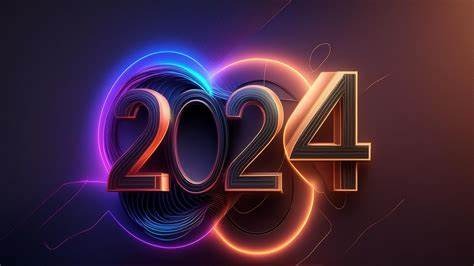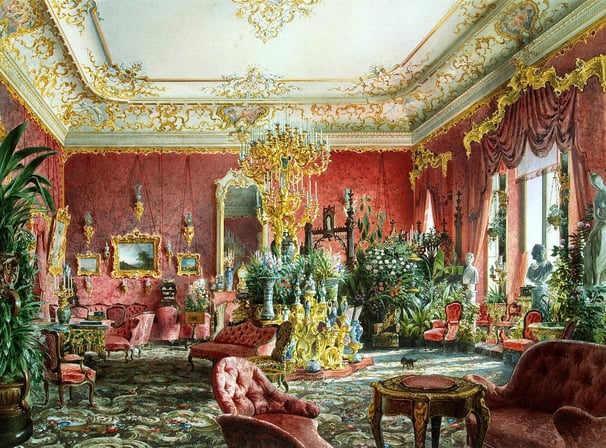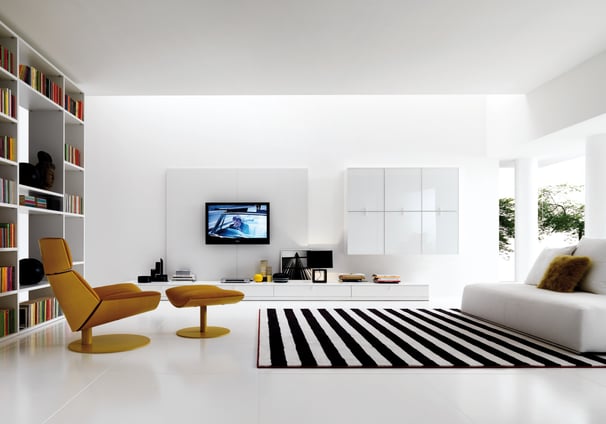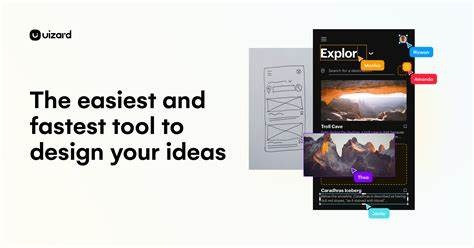Embrace the Elegance of Minimalistic Designs






Problems with Maximalism UX Designs
Maximalism UX design is a popular approach to user experience design that aims to create a visually rich and stimulating interface for users. While it can be effective in catching the attention of users, maximalism also comes with its own set of challenges and problems. In this section, we will discuss some of the common issues faced by designers when using maximalism UX designs.
1. Visual Overload
One of the main problems with maximalism UX designs is that they often result in visual overload for users. With so many elements, colors, and patterns competing for attention on the screen, it can be overwhelming and distracting for users. This can lead to a poor user experience and make it difficult for users to focus on important elements or complete tasks. When I first go into UX design I was totally doing this, because I like the colors all over the website. But I learned through other people what the users respond to.
2. Cluttered Interface
Maximalism UX designs often involve using multiple design components, such as images, icons, and text, which can make the interface look cluttered and disorganized. This can confuse users, making it hard for them to understand the purpose of each element and how they are related to each other. A cluttered interface can also slow down loading times and make navigation more challenging.
3. Inconsistent Design
With so many elements and styles used in maximalism UX designs, it can be challenging to maintain consistency throughout the interface. This can result in a disjointed user experience where different pages or sections of the website look completely different from each other. Inconsistent design can also make it difficult for users to understand how to interact with the interface and navigate through the design.
How Minimalism has changed my career in UX design
Minimalism is a concept that has been gaining more and more attention in recent years, especially in the world of design. As a UX designer myself, I have experienced firsthand how incorporating minimalist principles into my work has transformed my career for the better.
What is Minimalism?
In simple terms, minimalism is the idea of simplifying and decluttering one's life. It can be applied to various aspects such as home decor, lifestyle choices, and even design. In design, minimalism focuses on using only essential elements and removing any unnecessary distractions or embellishments. This results in clean, simple and functional designs that are visually appealing.
The Impact of Minimalism on UX Design
When I first entered the field of UX design, my approach was to create visually stunning and complex designs. However, I soon realized that this approach often resulted in overwhelming and cluttered interfaces for users. This is where minimalism came into play.
By applying minimalistic principles to my design process, I was able to eliminate unnecessary elements and focus on creating a clear and intuitive user experience. This not only improved the overall usability of my designs but also reduced cognitive load for users.
Moreover, minimalist designs have a timeless and universal appeal, making them more user-friendly for people from different cultures and backgrounds. This has greatly enhanced the accessibility of my designs.
The Benefits of Using Minimalism in UX Design
Embracing minimalism in my UX design career has brought about several benefits, including:
Improved Usability: By simplifying and decluttering interfaces, users can easily navigate through the design and complete their desired tasks without any confusion or frustration.
Enhanced User Engagement: With minimalistic design elements, users are not overwhelmed by excessive visuals or information, allowing them to focus on the key features and functionalities of the design.
Better Performance: By removing unnecessary elements, minimalism can significantly improve the loading times and overall performance of a design, providing a smoother experience for users.
Increased Accessibility: As mentioned before, minimalist designs have a universal appeal, making them more accessible to a wider audience. This has been crucial in creating inclusive designs that cater to diverse user needs.
Applying Minimalism in UX Design
To incorporate minimalistic principles into my designs, I follow these key steps:
Identify Essential Elements - The first step is to identify the key features and functionalities that are essential for the design's purpose. This helps in eliminating any unnecessary elements that may clutter the design.
Simplify Visuals - I focus on using a limited color palette, clean typography, and simple graphics to create a visually appealing yet minimalistic design.
Declutter Navigation - Navigation is crucial in UX design, and simplifying it by reducing the number of menus or options can greatly improve the user experience.
Prioritize Content - By prioritizing content, I ensure that the most important information or actions are easily accessible and not lost among other elements in the design.
The Solution
It is important for UX designers to understand the concept of minimalistic and maximalist designs and how they can be effectively used in their designs.
Minimalistic design focuses on simplicity, emphasizing essential elements and removing any unnecessary clutter. This approach creates a clean and organized interface that enhances usability and user experience. On the other hand, maximalist design embraces complexity by incorporating different elements, colors, and patterns into the design. This approach allows for more creativity and visual appeal but may also lead to cognitive overload for users.
Both minimalist and maximalist designs have their strengths and weaknesses, making them suitable for different design purposes. As a UX designer, it is crucial to understand the target audience and project goals to determine which approach will be most effective.
Additionally, a combination of minimalistic and maximalist elements can also be used in designs to strike a balance between simplicity and complexity. This approach allows for a visually appealing design that is also user-friendly.
In the end, whether you choose to adopt a minimalist or maximalist design approach, the key is to prioritize the needs and preferences of your users while still creating an aesthetically pleasing and functional design. It is important to constantly evaluate and iterate on your design choices to ensure the best


